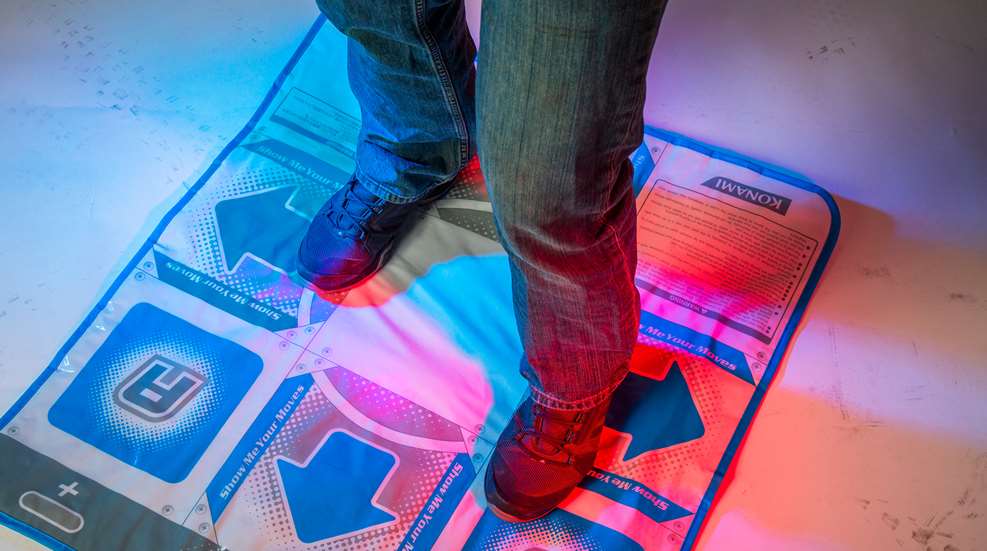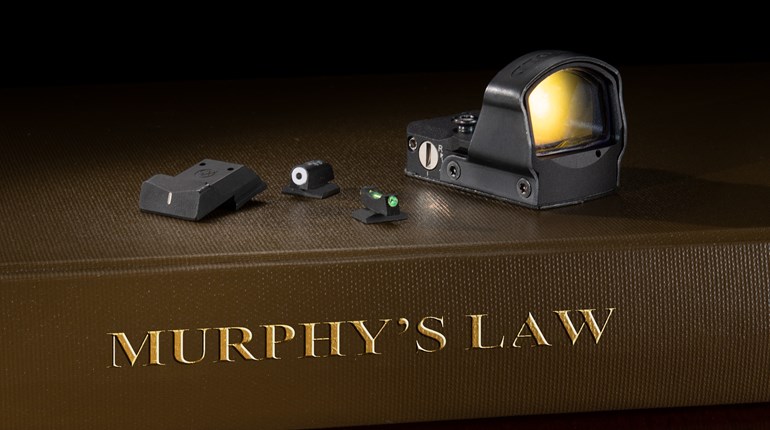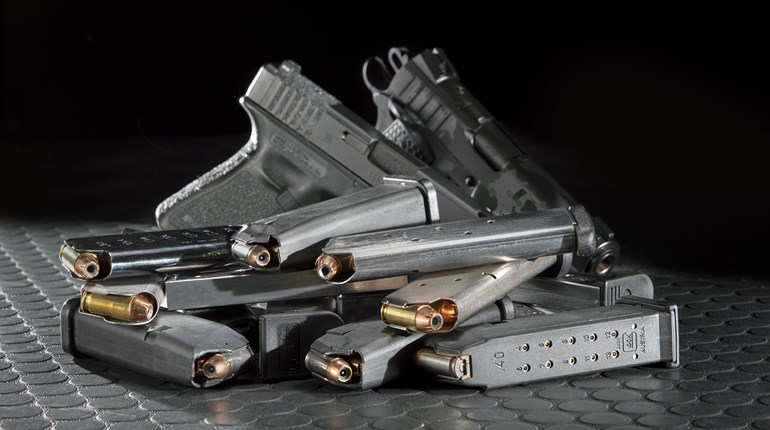
Combat shooting stances have evolved over the years due to a number of influences, including the quality of sights, the example of master shooters and the experiences of trainers.
If we set the dials on the Wayback Machine for about 125 years ago and then go look at shooters doing marksmanship practice with handguns—and “handguns” in those days predominantly meant “revolvers” —what we would find is mostly shooters in dour khakis, holding their Smith & Wesson or Colt revolvers in one hand, and bladed stances at approximately 90 degrees to the firing line.
Seeing them standing there with their firing hand extended and the other stuffed in their waistband or hip pocket, the obvious question is “Why?”
The flippant answer would be “Because this is how it’s always been done,” but that’s not 100-percent accurate.
The original reason for the “bladed” stance, with the pistol held in one hand and the body turned perpendicular to the target, largely dates back to the earliest days of gentlemen dueling with smoothbore pistols. (In fact, rifled bores were seen as a bit antithetical to the ideals of the pistol duel, since they tended to remove randomness, and therefore divine intervention, from the equation.)
Back in the days of single-shot dueling pistols, recoil control didn’t matter at all, but presenting the smallest target possible to your antagonist mattered very much.
For the purpose of defensive shooting, this bladed, slow-fire bullseye stance got supplanted in the early 20th century by various forms of “instinctive” or “point” shooting. There were reasons for this, however, beyond it being some sort of fad or trend.
For instance, W.E. Fairbairn and Eric A. Sykes of the Shanghai Municipal Police, had a large force of officers to train, less than 40 rounds a year to issue them for practice and, as trainer Tom Givens points out, Colt .45 and .380 ACP semi-automatics with rudimentary sights with which to arm them. Given that he was mostly preparing them for close-range gun battles in dark alleys where those thumbnail sights wouldn’t even be visible anyway, it’s probably unsurprising that the program of instruction emphasized coarse pointing techniques. Reflecting this, the qualification course was all at a range of 6 to 12 feet and 50 percent or better of hits anywhere on a silhouette was a passing score.
At about the same time here in the States, the “FBI Crouch” was becoming popular, despite it being a technique employed by Jelly Bryce who was, as Texas firearm instructor Karl Rehn notes, a physical prodigy who could see the traces of pistol bullets in flight. It was like expecting every Little League pitcher to be blessed with the abilities and talents of a Cy Young winner. “Just throw it like Randy Johnson did, kid.”
After World War II came the influence of the Southwest Pistol League, Jeff Cooper and the Modern Technique. Putting both hands on the pistol enabled better recoil control, which was a thing now that shooters weren’t having to thumb-cock a revolver after each shot. The other important innovation of the Modern Technique was bringing the pistol into the eye line for at least a rudimentary verification of the sights. Again and again in competition, this was proven not measurably slower and much more accurate, especially as sights became vastly improved.
While there can be much quibbling over bent elbows or how bladed a stance is taken, the true essence of the technique was those two factors.
There was a period early in this millennium where a lot of tactical-type handgun instructors, while retaining the both hands on the gun and the front-sight focus of the Modern Technique, advocated an aggressive, forward-leaning crouch. Coupled with necessarily hunched shoulders, this style was sometimes dubbed the “Tactical Turtle” and has largely fallen out of favor.
The idea behind it was that the aggressive, weight-forward bias countered recoil and enhanced control in rapid-fire strings, but the counter-argument is that with .40 S&W and .45 ACP having become much less common, there’s just not that much recoil to counter with 9 mm.
Trainers like Scott Jedlinski of Modern Samurai Project as well as John Johnston of Citizens Defense Research point out the inherent speed advantage of simply drawing the pistol from the holster and raising it to the eye line without all the wasted motion of hunching, crouching, turning or whatever. Further, with red-dot sights becoming more common, this increases the ease of acquiring the dot. Rather than having both the shooter’s head and the dot in motion, hoping to meet up in the middle someplace, it’s simpler to just bring the dot to the eyeline.
This more relaxed, upright stance has added benefits in that it’s easier to get moving or to get to shooting when you stop moving, since there’s no need to crouch or straighten up or assume some position. Keep that support foot slightly forward in a natural fighting stance, say its advocates, and you’re ready to go.
The last benefit is that a relaxed stance makes a busy training weekend a lot less tiring. If you’re all hunched and tensed up whenever you’re shooting, a high-volume training course can leave you feeling like you’ve been worked over by a team of Oompa Loompas wielding baseball bats. With a more upright and relaxed stance? Gimme another case of ammo and let’s shoot some more.



































